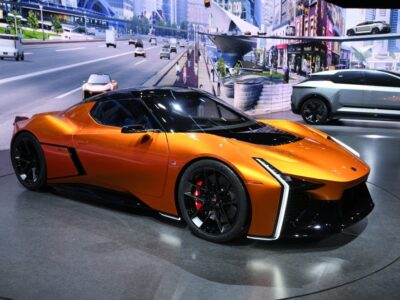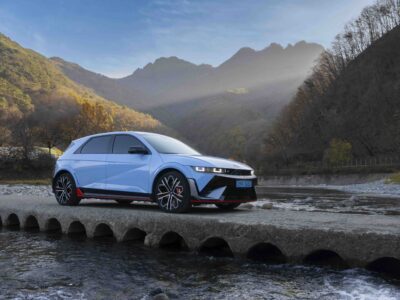(Reuters) – Armed with billions of dollars, the Biden administration is embarking on the biggest transformation of the U.S. consumer driving landscape in generations, hoping to blanket the nation’s highways with electric vehicle chargers.
The goal is to grow the nationwide network of chargers to 500,000, including high-speed chargers – no more than 50 miles apart – on some 75,000 miles of the nation’s busiest highways and interstates. The chargers are a critical piece of President Joe Biden’s climate policy and his goal of having 50% of all new U.S. vehicle sales be electric by 2030.
THE REVOLUTION WILL BE ACCESSIBLE
All models of electric vehicles will be able to hook into the federally-funded chargers, even, for the first time in the U.S., Tesla’s SuperChargers. Consumers will also enjoy universal payment and identification methods.
The federally-funded chargers must be placed within a mile of state-designated electric vehicle corridors. Reuters has reviewed dozens of state applications for this funding and talked to a host of federal, local and company officials involved in the projects, to get a picture of how this new network could reshape the country.
A national network of EV corridors https://www.reuters.com/graphics/USA-BIDEN/AUTOS-ELECTRIC%20VEHICLES/zdpxdnlqlpx/graphic.jpg
LOCATION, LOCATION, LOCATION
The state EV corridors feature some of the nation’s busiest roads, including I-95 from Maine to Florida (1,924 miles), I-5 from Washington to California (1,381 miles) and I-90 that stretches from Boston to Seattle (3,021 miles).
Where, exactly, the chargers will be located, what powers them, who builds them and what drivers do while their cars are juicing up could shift the fate of companies, cities and utilities and have repercussions around the globe.
There’s no guarantee they’ll be located at existing massive service stations. Surveys conducted by states show consumers want amenities – think manicures, showers and food – as they wait the 20 to 40 minutes it takes to charge up their vehicle.
One state where you are unlikely to find federally-funded chargers is Wyoming, which told the administration that it is too rural and the chargers would simply be idle due to lack of demand. “Wyoming has no desire to establish infrastructure that will likely fail,” the state said in its plan.
THE END OF THE 5 MINUTE FUEL STOP
The federal guidelines on the EV charging network require certain basic amenities, like proper lighting, restrooms and signage, but states are giving preference to applicants who offer a broader menu of options, such as longer-term dining and services like barber shops or manicures.
“We know this is going to be transformative and people want amenities, so we built that into the scoring system,” said Preeti Choudhary, executive director of Ohio’s Department of Transportation smart mobility arm.
MAD DASH FOR DOLLARS
The first tranche, $1.5 billion of the $7.5 billion to fund the charger network, will head to states this year. Companies like ChargePoint Holdings Inc, EVgo Inc and Tesla are expected to do battle for the cash.
Ohio is among the only states that have already begun seeking proposals. In many cases, applicants are expected to pair with several companies on a proposal in an effort to expand the amenity offerings. The state received 167 site proposals from 30 different teams, officials told Reuters.
BIPARTISAN HIGHWAYS
Republican governors such as Florida’s Ron DeSantis and Greg Abbott of Texas have accused Democrats of overspending in Washington, but state applications show they have welcomed the federal dollars to build out their EV networks.
Florida, which only lags California in terms of electric vehicles and high-speed chargers, told the administration that under a moderate growth scenario officials expect at least 20 percent of vehicles in the state to be electric by 2040.
“Even a conservative rate of adoption of EVs will require an intensive build out of charging infrastructure,” Florida said.
In oil-rich Texas, state officials told the administration, “the network will give Electric Vehicle drivers confidence and flexibility when traveling for work, recreation, or exploration regardless of distance traveled or weather conditions.”
(Reporting By Jarrett Renshaw; Editing by Heather Timmons and Claudia Parsons)





